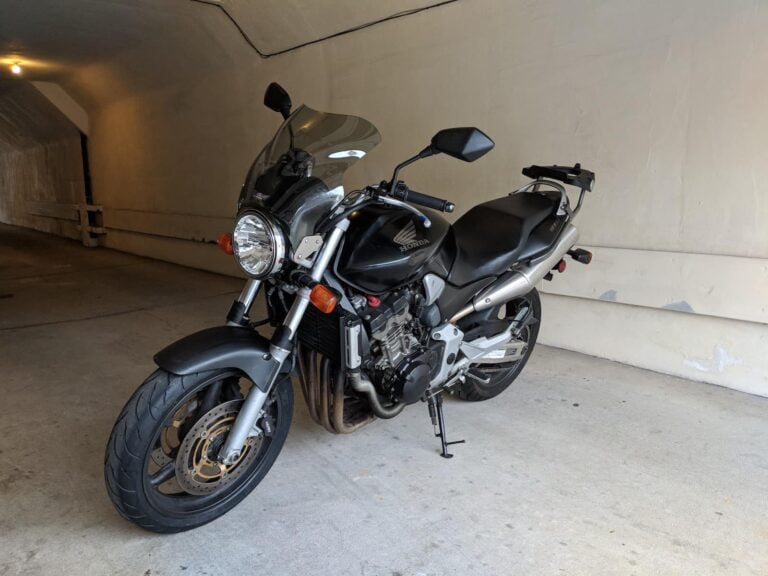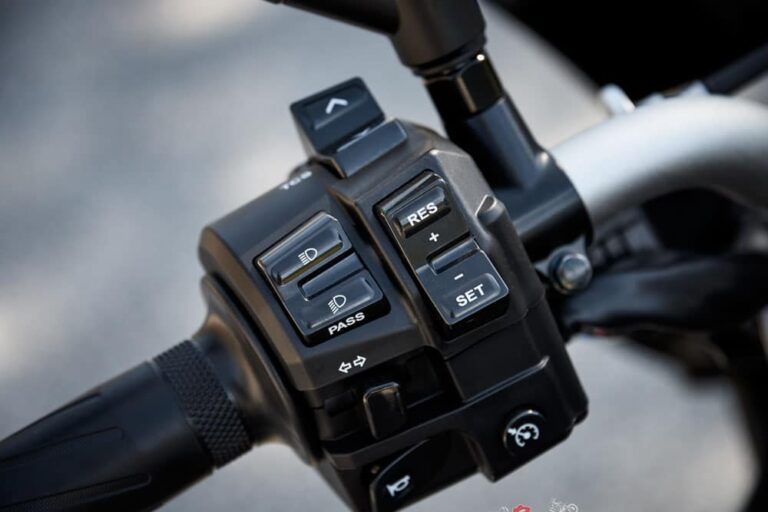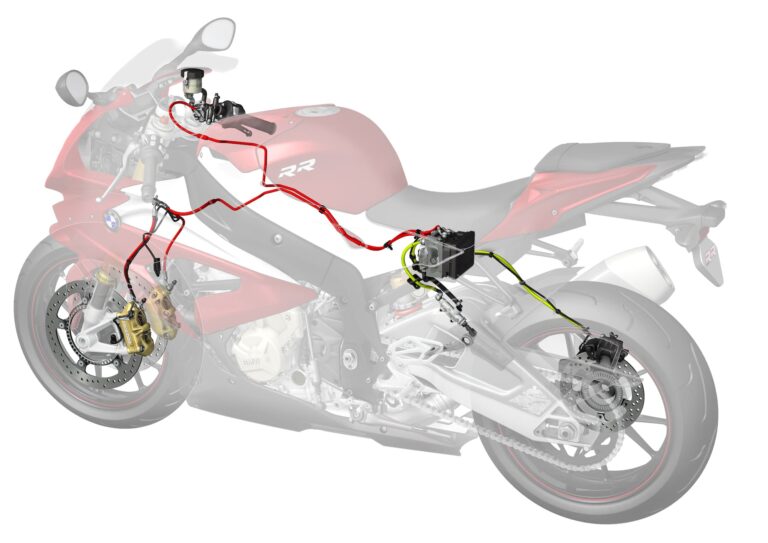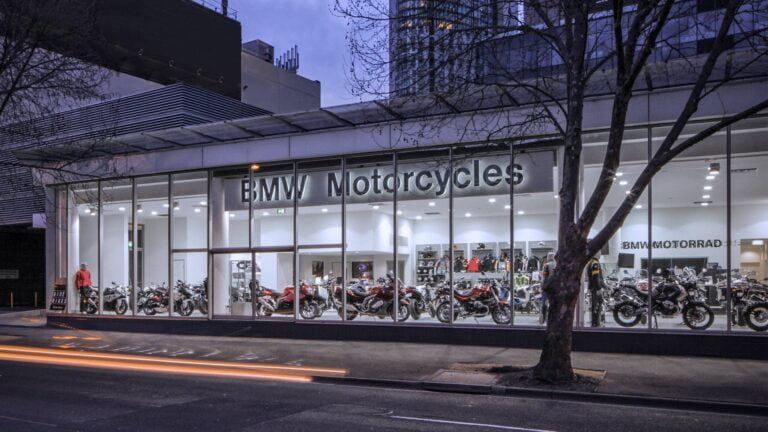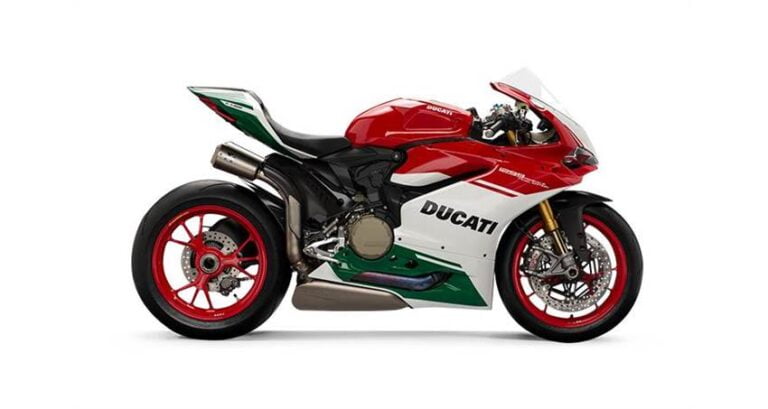Even though cryptocurrencies put me on edge, one part of their technology that really interests me as a vehicle and property owner is “blockchain” technology in general.
Since I have a background as an engineer as well as in motorcycles (and vehicles generally), it’s natural that these interests collide, and I thought some of the below might interest others out there.
If you live in the US, as I once did (I still frequently go back), you’d probably be used to seeing a certificate of title in paper form. A paper title is a flimsy thing, not even laminated, that certifies very important things like who owns your vehicle, plus some other info like the status of the title. To most Western foreigners, the fact that the title is not electronic seems odd. (Title is electronic in Australia, as it is in most parts of Europe, and probably many other places.)
But one step beyond electronic title is to keep vehicle records on the blockchain. Oooh, fancy!
Stay with me! I’m pretty sceptical about new-fangled things. When I heard about Bitcoin back in 2007, I wisely decided not to buy any, and only bought them at the peak in 2020 (since then, I’ve roughly broken even). Anyway… this isn’t about Bitcoin, nor about me crying myself to sleep at night at the loss of untold millions. It’s about the blockchain. “Say what?”
If anyone wants to develop the concept of a vehicle blockchain with me further — I’d love to chat. Contact me.
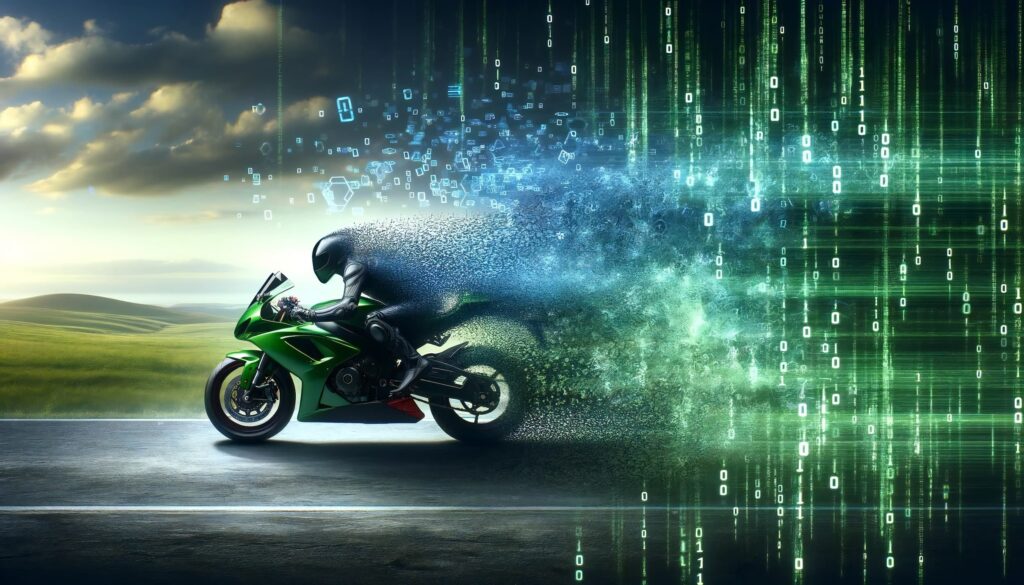
Below is an exploration of
- What a “blockchain” is. Stop saying “blockchain”!
- How a blockchain would help with vehicle transactions, ownership, history, etc.
- An exploration of how it would be implemented, and
- Problems and caveats, e.g. Y2K, the Dark Web, and so on (j/k)
My interest is mostly in motorcycles. But hey, I like cars too (they just cost a lot more and fewer of them fit in one garage space), and so the below is generally applicable to all vehicles, including cars, trucks, motorcycles, aircraft, and whatever else.
Are you obsessed with motorcycles?
Well, I am. That’s why I created this site — as an outlet. I love learning and sharing what others might find useful. If you like what you read here, and you’re a fraction as obsessed as I am, you might like to know when I’ve published more. (Check the latest for an idea of what you’ll see.)
What is the “Blockchain?” Spare me your mumbo jumbo

Imagine a world where every transaction were recorded on a ledger shared across a vast network, with everyone involved acting as a witness and a keeper of history. This is the essence of blockchain technology — democratising information and verification.
For motorcycle (and other vehicle) owners, the blockchain is an immutable* record for your beloved ride, one that could trace its journey from the factory floor to your garage, and every pit stop in between — dealers, owners, and mechanics — with unimpeachable accuracy.
* “Immutable” is one technical word worth including. It means it can’t be changed. It’s used often when talking about the blockchain.
At its core, the blockchain is a continuously growing list of records, called blocks, that are linked (chained) using cryptography. You add a block (a record) to the chain any time an event takes place, like a sale, a repair, a traffic oopsy, or a write-off. Each block contains a cryptographic hash (which is like a signature) of the previous block, making it virtually tamper-proof.
Once a block is added to the chain, the information it contains becomes part of a permanent record. The chain is an indelible history that’s openly verifiable by anyone within the network but immune to fraud, hacking, or unauthorized alteration. For the vehicle community, blockchains would mean the history of every bike is transparently accessible, ensuring authenticity and trust in every transaction.
A blockchain’s decentralized nature means that it could operate without the need for a central authority, making transactions direct, peer-to-peer, and significantly more efficient — but not free, of course (blockchain transactions can be “expensive” because of the computing effort involved — you pay “gas” fees of currently around, though it fluctuates, and is measured in Ethereum – see here). The decentralized design eliminates middlemen, which helps keep costs down.
Problems that the Vehicle Blockchain would Resolve
One common criticism of new technologies is that they’re solutions in search of a problem. That’s how a lot of older vehicle owners feel about new tech hitting their rides — particularly motorcycles. “I’ve lasted this long,” they (or we) think; “Why change things?”
Well, there are a number of things we could improve by implementing a vehicle blockchain. Here are some common issues that the vehicle ownership blockchain would resolve. These are just issues I’ve come across. You might have your own!
I’ve framed them in the form of questions people like me have when buying (or selling) vehicles.
- “What year and model is this car/bike actually? And how many owners has it had?” A blockchain ensures a transparent trail of ownership from the vehicle’s manufacture to its current owner, making it easy to verify its authenticity and legal history. (See below for obvious privacy concerns.)
- “Are all these parts genuine?” A blockchain helps combat the use of fake parts by providing a verifiable history of repairs and maintenance, including the origin and authenticity of the parts used.
- “Is it stolen?” Sometimes bikes (e.g. track bikes or offroad bikes) are sold without a title. But if it’s on the blockchain, you can avoid buying a bike that will just be reclaimed by the police. Same goes for stolen cars. The chain will also help you recover your stolen vehicle.
- “Was it ever crashed or dropped?” If accidents and damage are included as records in the blockchain, then you’ll always know.
- “How will we transfer the title safely? Ever met up with a vehicle owner in a public car park and handed over cash in exchange for them signing over the title and keys? It’s incredibly sketchy! A blockchain title platform will mean you can sign over title easily electronically using electronic payment without needing intermediaries reducing transaction costs and time.
- “Is the warranty still valid?” Dealers doing service and buyers buying near-new cars and bikes can all see whether the warranty is valid, when it expires, and get confirmation everything’s hunky-dory, including whether it has been serviced on time and by the right people.
- “Is this odometer genuine?” A full transaction record will make it difficult to tamper with mileage, as they’d be in the service records.
- “Will insurance cover this vehicle?” A blockchain with verifiable information will provide a lot of information that will help insurers make an insurance decision — though much of that will still be about the owner.
- “Can I import this motorcycle or car?” Ever moved a vehicle overseas? Or even just interstate? Everywhere has different requirements and sometimes you have to get it tested from scratch. A blockchain would help provide standardised documentation for vehicles so you don’t have to re-compliance a vehicle from the ground up just because you’ve moved.
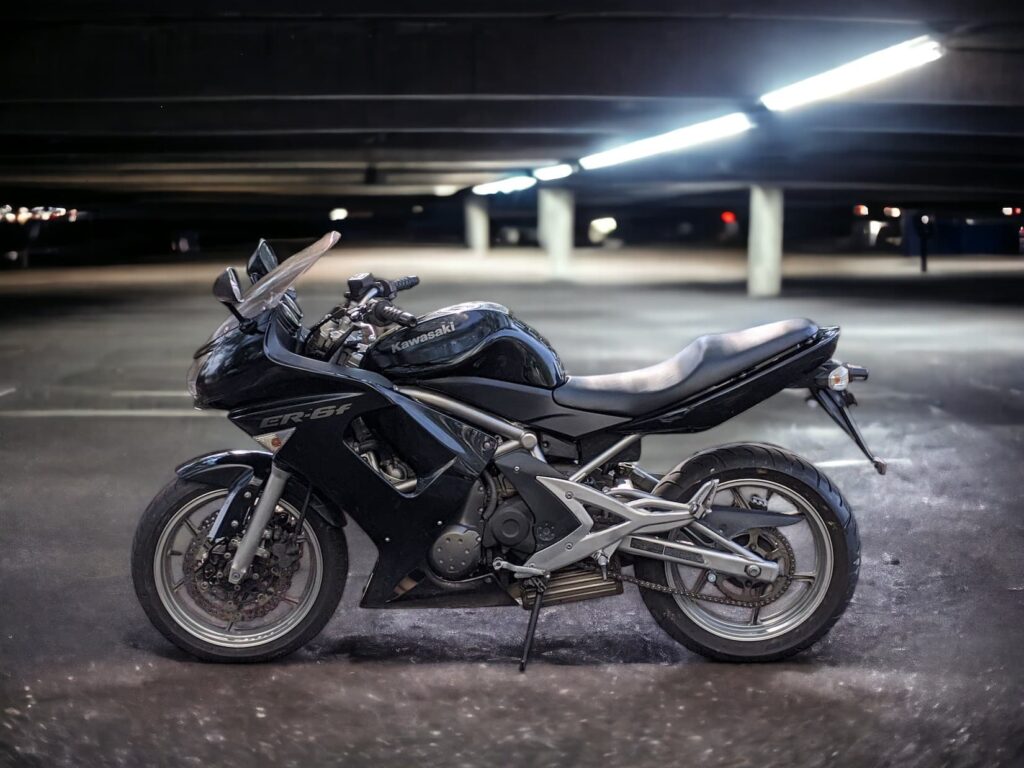
The above are just some ideas that I’ve had. That’s quite a lot already, and already establishes a business case for vehicle blockchains.
Basically, a blockchain will be like a full stack of receipts and documents for a vehicle that are 100% complete and reliable. It would be the dream buying situation.
What Could Go Wrong? Caveats with Vehicle Blockchains
As fun as it is to imagine that the blockchain would solve everything, they also present several challenges that need to be carefully addressed. Let’s delve into some of these problems and explore potential resolutions.
Firstly, privacy. One of the last bastions of modern luxury, I say.
Past owners probably wouldn’t want their personal details, such as names or contact information, to be forever accessible to future owners. Similarly, sensitive transactions, including the prices paid for vehicles, services, or parts, should not be publicly disclosed.
The key to resolving privacy concerns lies in the use of privacy-preserving technologies within the blockchain. This is a common concern in blockchain tech. You can use techniques like zero-knowledge proofs (here’s an explainer) to verify transactions without revealing the underlying data.
Furthermore, you can implement access controls to restrict the visibility of certain information to only some parties. For instance, while the public could see the number of previous owners, you could encrypt or anonymise information about previous owners and make it available only to parties like government.
Secondly, fraud. A blockchain’s immutable ledger is designed to prevent tampering, but it doesn’t inherently stop people from inputting fraudulent. For example, a mechanic could claim to have performed maintenance work or replaced parts when they didn’t actually do anything.
To combat fraud, we could implement a verification system for service providers and parts suppliers, ensuring that only certified entities can make entries into the blockchain.
Additionally, one could integrate “Internet of Vehicles” (IoV) to provide real-time data on vehicle status and maintenance, offering an additional layer of verification for the work performed. Of course, this would be a level of surveillance many wouldn’t be happy with…
On that note — freedom. Motorcycles, especially, are “freedom machines”. We buy them so we can do what we like to them. But a mandatory blockchain system could be seen as restrictive by vehicle owners who just want to do what they want.

To address this while maintaining the integrity of the vehicle’s history, a blockchain could offer mechanisms for owners to log their maintenance and modifications in a way that is verifiable but doesn’t require validation. This could include a structured template for entries, the option to upload receipts or parts information, and even a system for community verification where other enthusiasts can attest to the work done.
It’s crucial to balance the ledger’s integrity with the owners’ autonomy, possibly by differentiating between professional and DIY services without devaluing the latter.
I don’t think these problems are insurmountable. And having the records kept in a trustworthy system would be more important than the potential risks — at least, to me, and I’m guessing to a lot of people.
How to Implement the Blockchain in Motorcycle Ownership and Transactions
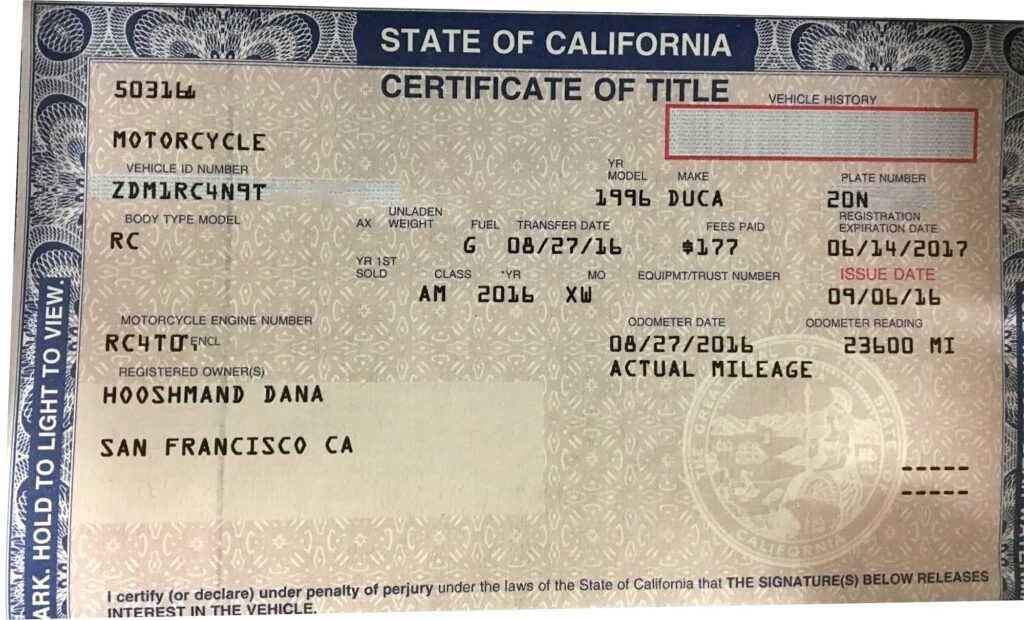
Below are some ideas on how we would actually implement a blockchain for motorcycle ownership. I’ll consider the legal and regulatory environments of both the United States and Australia.
To implement a blockchain system, we’d have to create a number of new systems. The information gathering and partnership building phases of the project would be massive — which is probably why there hasn’t been much movement on this front yet.
Firstly, we’d need to establish a general standard for tokenising a vehicle on the blockchain. This would be a way of recording each vehicle as a unique asset. It’s a similar concept to that of NFTs (non-fungible tokens), which are essentially ownership tokens of artwork.
Secondly, we’d need interoperable standards for vehicle data. This would mean recording correct information across manufacturers, service providers, and jurisdictions.
Thirdly, smart contracts. Smart contracts can facilitate instant transactions without the need for intermediaries, reducing costs and improving efficiency. The blockchain would need smart contracts to automate the transfer of vehicle ownership, the execution of payments, and the update of vehicle history.
Finally, privacy protection. Because old owners don’t necessarily want owners decades down the line looking them up, we’d need to implement cryptographic techniques like zero-knowledge proofs to allow the verification of transactions without revealing sensitive information about the parties involved or the vehicle’s previous owners.
In the USA, any implementation strategy would have to coordinate with the Department of Motor Vehicles (DMV), National Highway Traffic Safety Administration (NHTSA), and state-level agencies to ensure the blockchain system complies with local laws and regulations regarding vehicle registration, title transfer, and privacy.
Privacy varies by state (it’s technically not part of the constitution) and can vary dramatically, so it’d be safest to comply with the strictest states — or maybe even European standards, which are stricter.
In Australia, any vehicle blockchain system would have to be built in consultation with state-based vehicle registers, like Vicroads in NSW, RMS in NSW, and so on. Each state has a different way of managing vehicles.
There are also national bodies to coordinate with, including the National Motor Vehicle Theft Reduction Council (NMVTRC), the Australian Taxation Office, and the national Written Off Vehicles Register (WOVR).
Finally, in Australia, any blockchain system would have to comply with Australian Privacy Principles (APPs), part of the Australian Privacy Act (1988).
In any jurisdiction, to implement vehicle blockchain, you’d have to collaborate with manufacturers, dealerships, insurance companies, and maintenance service providers to integrate their systems with the blockchain network. This ensures that all information related to the vehicle is recorded and updated in real time. Getting everyone on board to a coordinated protocol would be no mean feat!
On top of that, there are already existing systems. Australia and Europe have mostly digitised systems, though the US has a long way to go. Regardless, there are people all over the country who are used to doing things in a certain way. The change management aspect would be “non-trivial”, as engineers like to say.
Potential Technologies to Use
To create a vehicle blockchain, we’d have to weave together several technologies, each serving a unique purpose to make the system secure, efficient, and privacy-conscious.
Here’s a brief look at the tech stack.
- Ethereum: Ethereum is a good backbone for a blockchain system as it enables smart contracts and decentralized applications (dApps). Ethereum can help automate everything from ownership transfers to payments. Its dApp ecosystem makes the blockchain accessible to non-techies, simplifying interaction with the system.
- IPFS (InterPlanetary File System): IPFS is the data warehouse. It helps with storing bulky data, like vehicle images and detailed service records, off the main blockchain. This approach keeps the system speedy and cost-effective while ensuring data is secure and easy to access.
- Chainlink: Chainlink is the bridge that connects the blockchain to the real world. It pulls in trusted data for verifying maintenance records or fetching real-time vehicle values. This ensures decisions within the blockchain are based on accurate and current information.
- Zero-Knowledge Proofs: Zero-Knowledge Proofs (ZKPs) allow proving facts (like service history) without revealing the details, balancing transparency with privacy. This tech is key for keeping certain information confidential while still maintaining trust in the system.
- Digital Identity Verification: This ensures that only verified users can perform actions like transferring ownership, enhancing security, and preventing fraud.
This basic stack of technologies would be enough to form the basis for a robust and flexible vehicle blockchain. Of course, this is just the elemental architecture that shows that the tools exist to make it work. The devil will be in the details of implementation!
Wrap Up
None of the above would be easy. I mean, it’s easy to write this general article and say “This would be a good idea” – but bringing all the different authorities on board would be a daunting prospect.
But I really think that verifiable ownership and record keeping related to “stuff” is the killer app of the blockchain, and it would definitely solve many aspects of owning, buying, and selling vehicles.
It’s likely to be the future, even if not immediate. And I’m looking forward to a world in which there’s less handing over of cash in exchange for a piece of paper with a signature on it.

